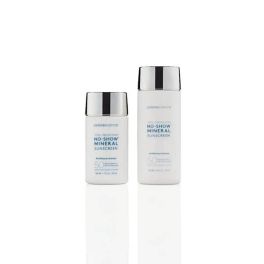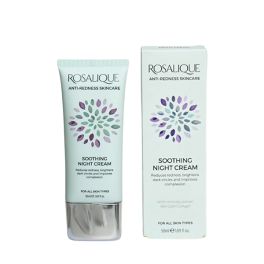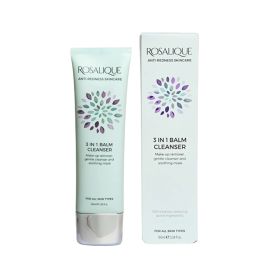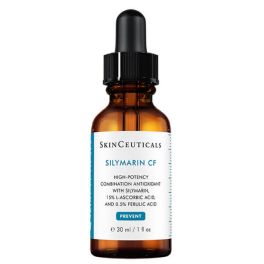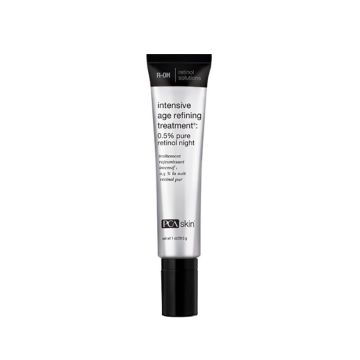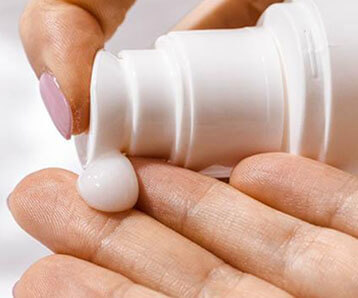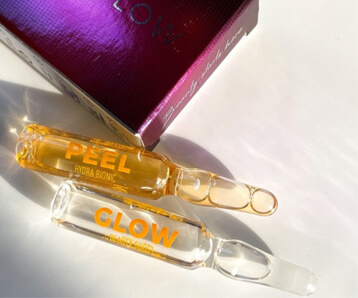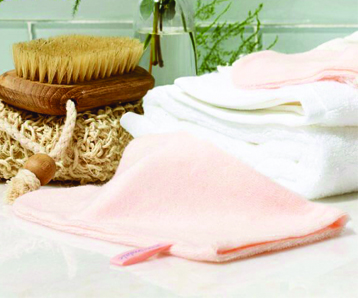Medik8 skincare tips by age Posted on 27 Apr 2016
Everyone ages at different rates, due to genetics and lifestyle; factors that need to be considered when defining the age of someone’s skin.
20s
In your 20s hormones finally calm down, skin cells regenerate themselves properly, the skin’s microcirculation proceeds without interruptions and the collagen and elastin fibres are in a nearly untouched condition. The skin is smooth and without visible lines and wrinkles. For these reasons, the majority of 20-year-olds do not require intensive anti-wrinkle treatments, which stimulate the collagen and elastin synthesis (e.g. retinol products). However, undertaking preventative measures to protect the skin from premature skin ageing may be advantageous. Protecting the skin from UV-induced and free-radical damage is the first step to maintaining the health of 20‑year-old skin. During the 20s sebaceous glands are largely in proper function and dry skin is very uncommon, light, non-comedogenic moisturisers with SPF would be the best recommendation.
30s
After the 30th year of life, skin cells slowly lose their self-regenerating ability, microcirculation slows down and the first fine lines and mimic wrinkles appear on face and neck. The cutaneous layer of the epidermis thickens, because its cells (keratinocytes) are not being replaced as quickly as before. This results in the skin becoming dryer, with less vitality and youthful glow and with a more uneven texture. This may be a good time to incorporate some wrinkle diminishing treatments such as vitamin C as well as exfoliating the skin regularly to improve the skin tones and roughness with AHAs. More than anything else however, sunscreens and antioxidants should be the basis of any skin care regime in this age group.
40s
During the 40s the rate of sebum production begins to decrease; which is only beneficial for those with oily skin. Dry, sensitive skin with lowered resistance to external aggressors, such as UV light, pollution or harsh weather conditions will easily become wrinkled. Collagen and elastin fibres begin to degenerate, facial muscles loose firmness and the plumpness of the face starts to decrease. Meanwhile, deeper folds start to emerge in the nasal-labial area and the existing wrinkles increase in depth, length and number. Decreased micro-circulation results in deficient oxygen delivery to skin cells, which in turn is responsible for thinning of the skin and sagginess. Treatments with vitamin C, retinol and hyaluronic acid are the best choices for skin care regimen in this age group, as is regular exfoliation and thick, nourishing creams with SPF.
50s and mature
Skin at this age is very thin. Every 10 years the skin’s thickness diminishes by about 5-6%; an individual in their 50-60s has skin twice as thin as a 25-year-old. Sebum excretion almost ceases, thus the protective lipid barrier of the skin disappears and the skin becomes dry, flaccid and coarse. Cell division is significantly reduced and the collagen-elastin matrix can no longer fulfil its role as the ‘skin’s supporting scaffold’; leading to deep wrinkles and folds. Additionally, individuals may suffer from age spots and uneven pigmentation. People in their 50s onwards should pay particular attention to sufficient skin hydration, sun protection, treating wrinkles and folds with retinol and peptides as well as prevention and treatment of hyperpigmented areas.













